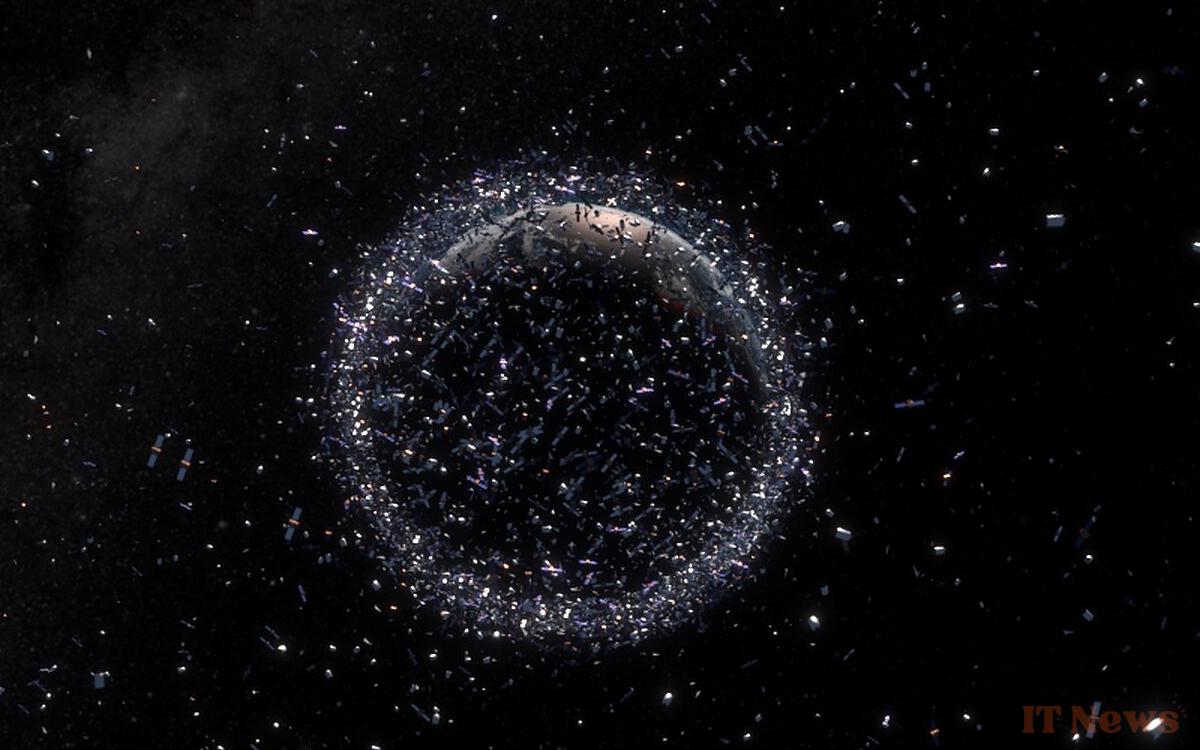Every day, several pieces of space debris fall back on our planet. In addition to threatening the atmosphere, they could end up injuring someone. The phenomenon is intensifying with the proliferation of satellites in orbit.
In recent years, satellites have been multiplying at an unprecedented rate. Each launch puts new objects into orbit that will sooner or later fall back. The majority disintegrate in the atmosphere, but some fragments still reach the surface. This phenomenon is not new, but it is accelerating dangerously. The sky is gradually becoming a saturated space, with concrete consequences for the environment... and perhaps soon on populations.
According to a report from the European Space Agency (ESA), no fewer than 1,200 intact objects fell to Earth in 2024. This represents an average of three falls per day, not counting the millions of small pieces of debris. On April 4, for example, two Starlink satellites and a 43-year-old Russian satellite re-entered the atmosphere. These returns are often without consequences, but not always: some debris reaches the ground, as recently in Florida, where a fragment crossed the roof of a house.
Three satellite fallouts per day threaten the atmosphere and could one day affect inhabited areas.
This rate is expected to accelerate in the coming years. SpaceX plans up to 30,000 satellites for its Starlink constellation, and other players like Amazon and China are launching their own networks. This could lead to up to 15 fallouts per day within ten years. Even though most of them burn completely, they release metal oxides, such as aluminum, into the upper atmosphere. These particles can worsen the degradation of the ozone layer and disrupt the climate at high altitudes.
The risk to humans remains low, but it is not zero. Some sparsely populated areas, such as oceans, absorb the majority of the fallout. However, recent cases show that fragments can land near homes. The problem is now being taken seriously by scientists. Even though operators are trying to better manage the end of life of their satellites, the number of objects in orbit continues to increase. And according to the ESA, even if 90% of satellites are removed on time, the overall volume of space debris will continue to grow.
Source: ESA




0 Comments